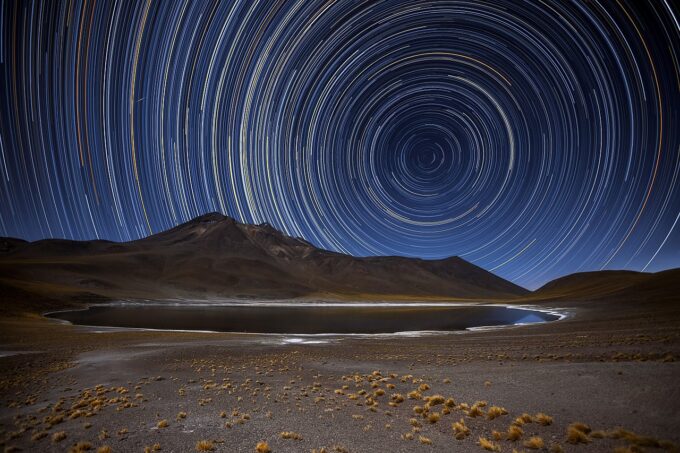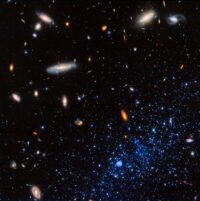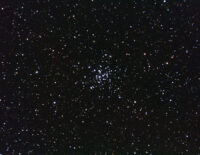Home
Astrofotografia
Astrofotografia
Astrofotografia  marco4 Mins read
marco4 Mins read
Fotografare le scie stellari con la fotocamera reflex
L’articolo che state leggendo è il primo di una serie di articoli riguardanti l’astrofotografia con la fotocamera reflex. Prima di ritornare ad essere...
Osservare il cieloSpazio profondo  marco1 Mins read
marco1 Mins read
La Nebulosa Testa di Cavallo
Uno delle nebulose più belle del cielo, la Testa di cavallo è da sempre uno dei trofei più ambiti per gli astrofotografi. Questa...






